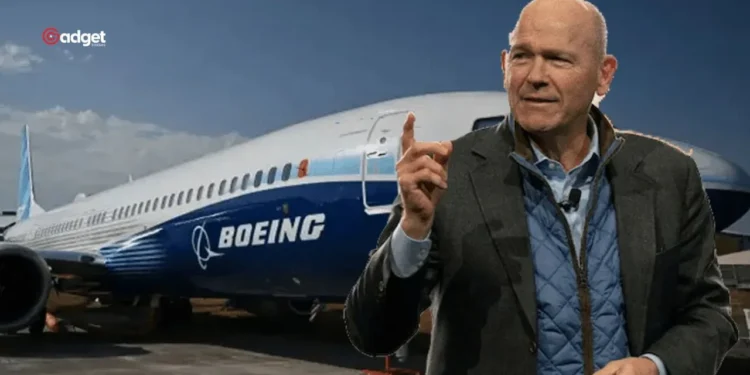At the heart of Boeing’s operations in Everett, Washington, the world’s largest manufacturing building stands as a symbol of American industrial might. But beneath the surface, a crisis brews, driven by safety concerns and deep-seated issues with union relations.
This tension has escalated into what employees describe as “panic mode,” reflecting a broader struggle within the company to balance efficiency with safety and quality assurance.
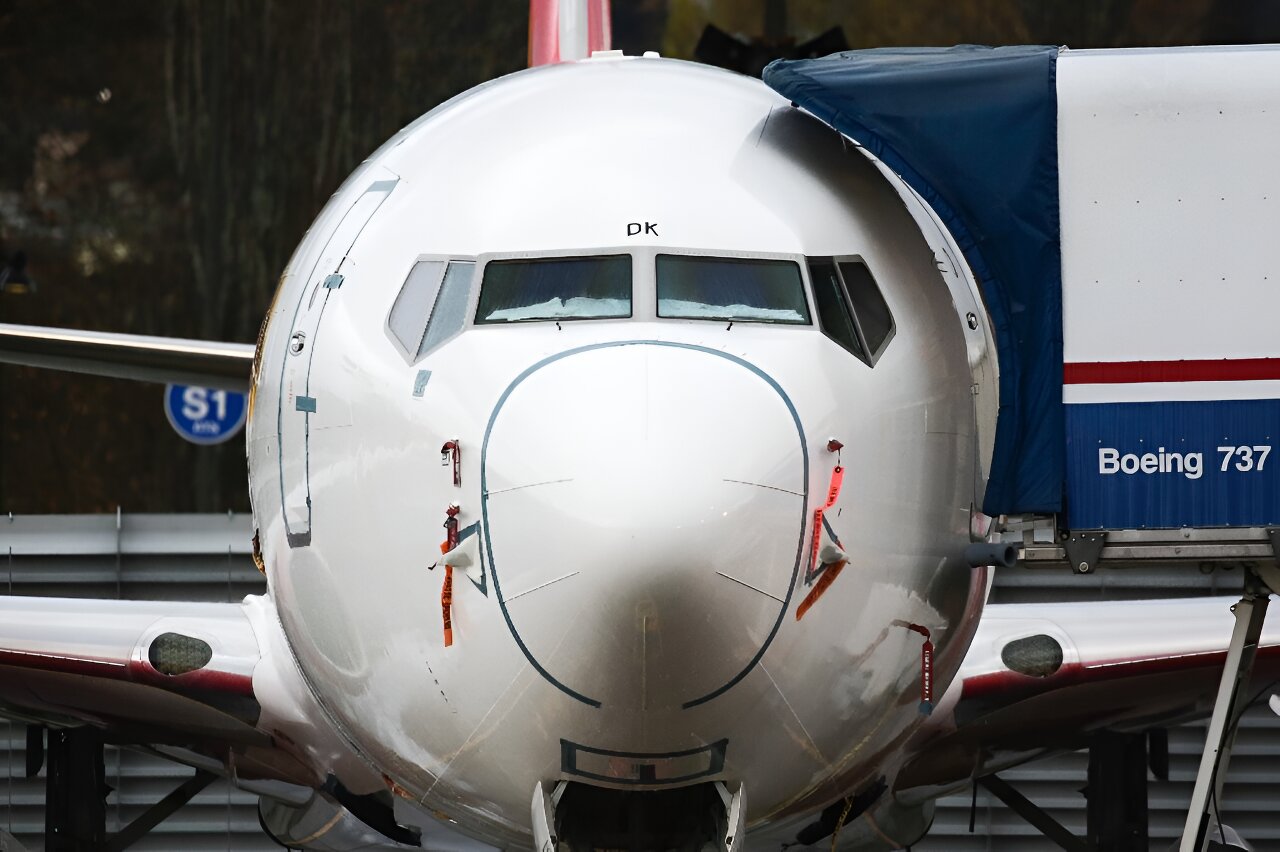
Unveiling the Quality Concerns
The trouble began following an incident in January when a cabin panel blew out during a flight, prompting a comprehensive audit of Boeing’s production line. This audit, conducted by the U.S. Federal Aviation Administration (FAA), revealed significant failures in adhering to quality-control standards.
In response, the company has been under intense scrutiny, culminating in a series of investigations into its operational practices, particularly around the 787 Dreamliner.
Workers at Boeing’s Everett site have expressed significant concerns. One mechanic, with over thirty years at the company, highlighted that many of the 787 jets arriving from South Carolina, where the company shifted its final assembly, are in dire need of repairs.
“There is no way in God’s green earth I would want to be a pilot in South Carolina flying those from South Carolina to here,” he stated, emphasizing the poor condition of these aircraft upon arrival in Washington.
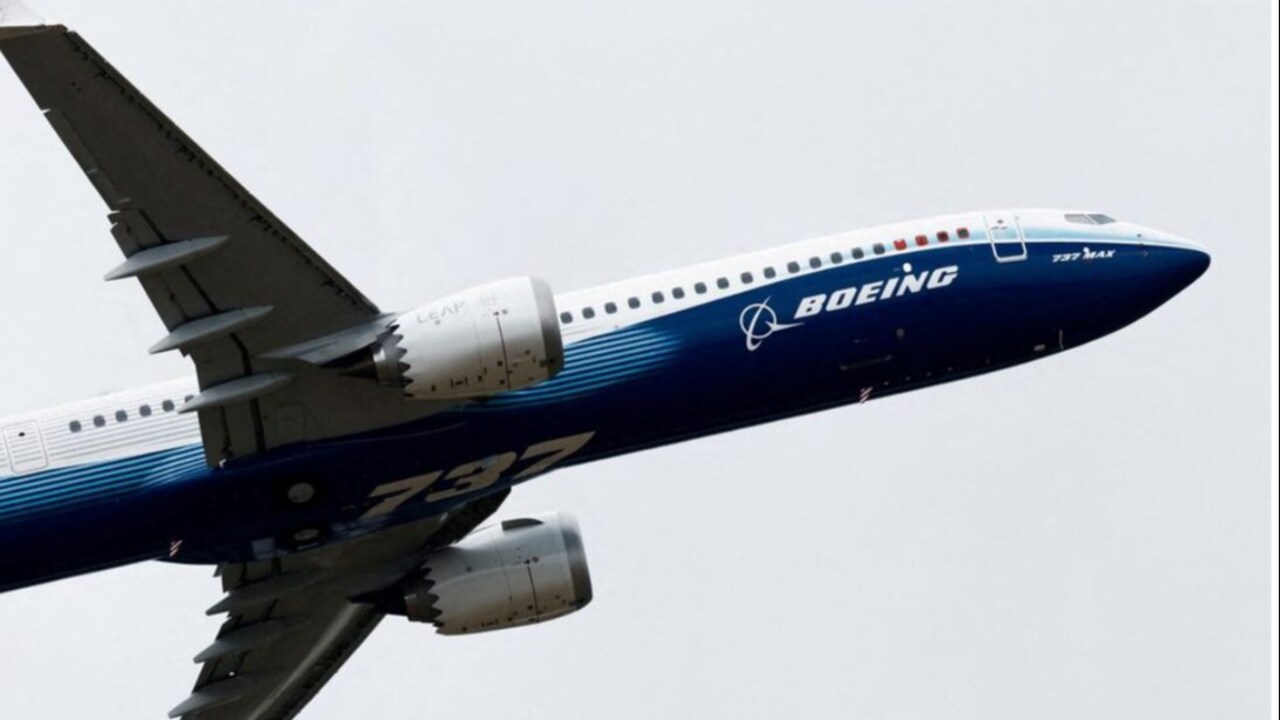
The Union Perspective and Corporate Response
This situation is further complicated by union dynamics. The Everett plant has a robust union presence, which contrasts sharply with the non-union environment of Boeing’s South Carolina facility. Some workers see the shift of the 787 production to South Carolina as a move against unionization, which has exacerbated tensions between management and the workforce.
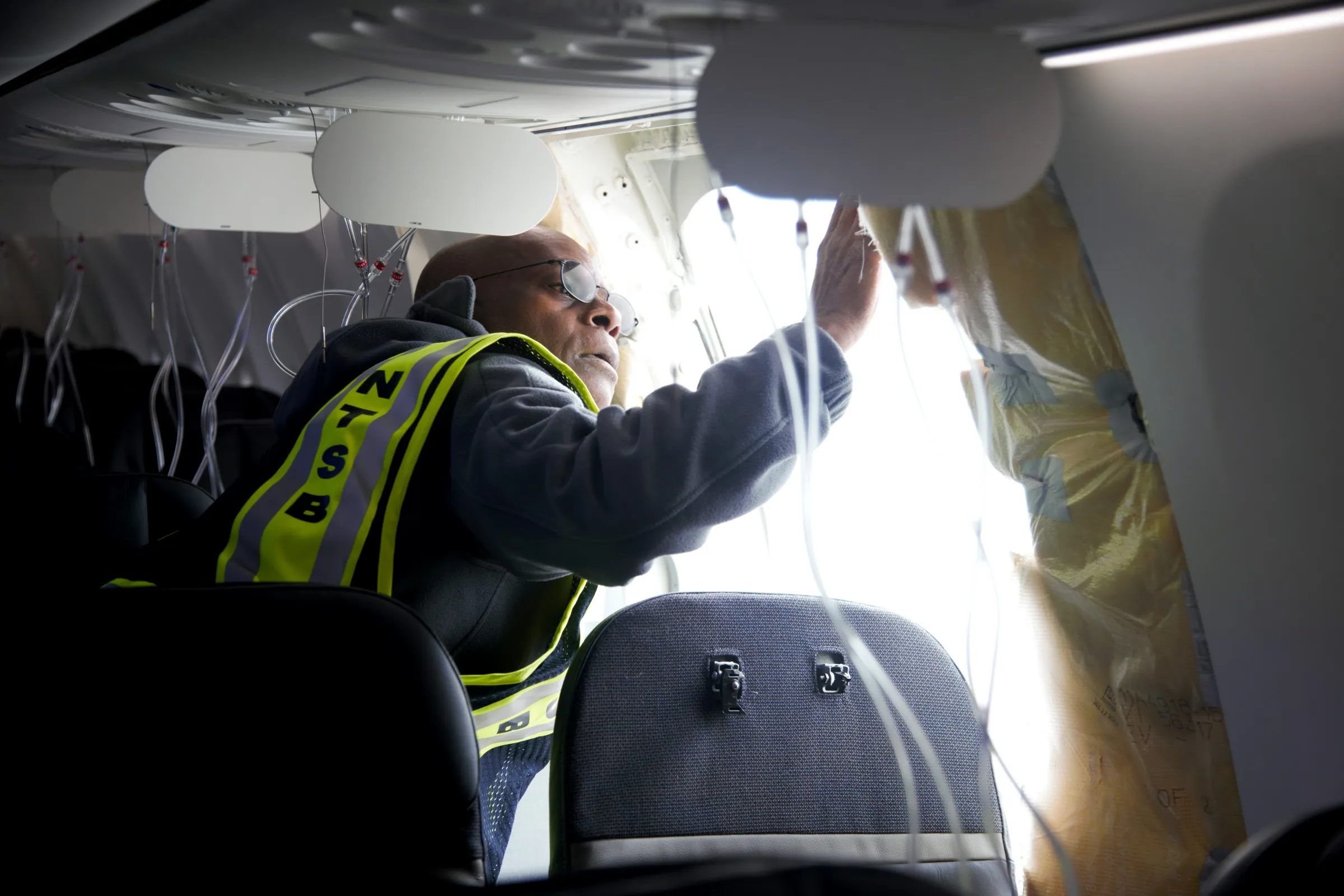
Rich Plunkett, director of strategic development for the Society of Professional Engineering Employees in Aerospace (Speea), criticized Boeing’s management strategies. “The existing employees are not the enemy,” Plunkett argued, advocating for a collective engagement with the workforce to solve ongoing issues.
He accused the company of threatening its workforce with outsourcing if they cannot reduce costs, undermining the potential for internal reforms.
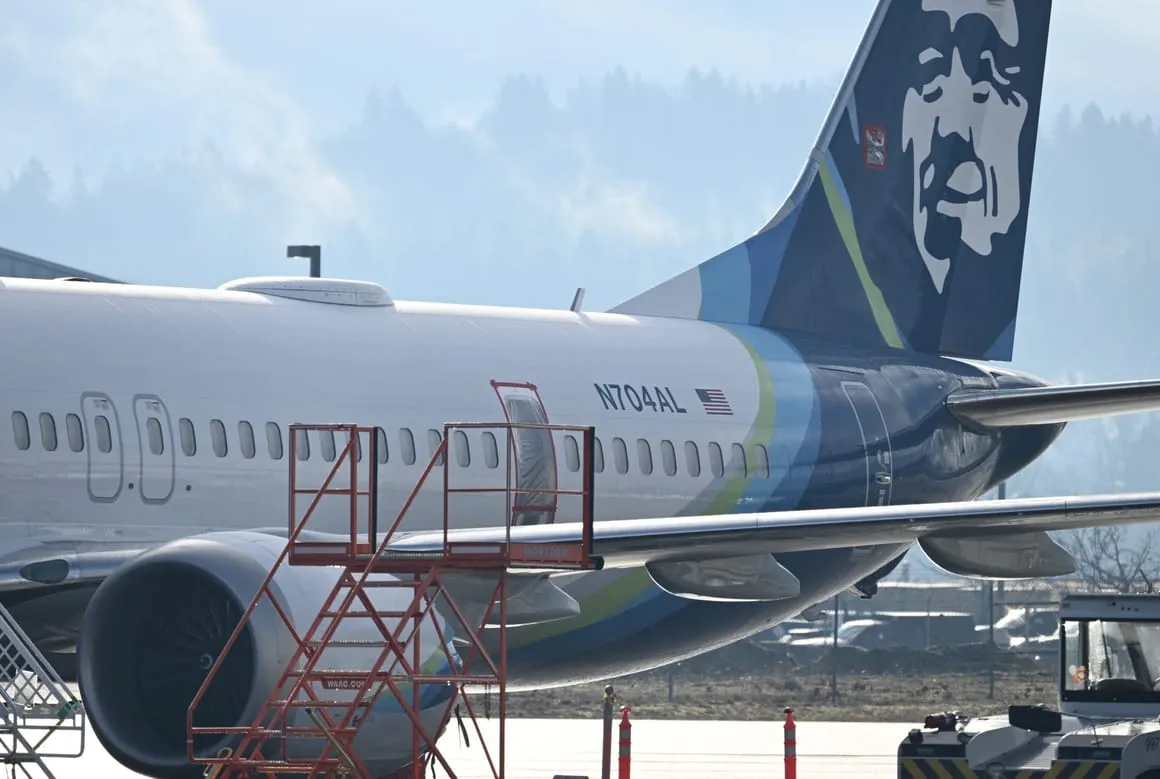
Regulatory Scrutiny and Boeing’s Commitment to Change
Following the FAA’s findings, Boeing was given a 90-day deadline to outline an action plan to address these issues. The company has since submitted its plan and expressed a commitment to implementing the 53 recommendations made by an expert panel convened after the 737 Max crashes in 2018 and 2019, which had fatal consequences.
Najmedin Meshkati, a panel member and professor at the University of Southern California, commented on the erosion of the company’s safety culture, which he attributed to the company’s leadership and governance issues over the past decades. He suggested significant changes to the company’s corporate governance to rebuild trust and ensure safety.
The Road Ahead
As the company navigates this turbulent period, the challenge will be to restore confidence among regulators, airlines, and passengers while addressing internal pressures from its workforce and union representatives. The company’s ability to balance these complex issues will be critical in determining its future in the highly competitive aerospace industry.
In an official statement, a Boeing spokesperson highlighted ongoing efforts: “As we shared publicly on numerous occasions, we will put all undelivered 787s through our join verification program to ensure every aeroplane conforms to our exacting engineering specifications prior to delivery to our customers.”
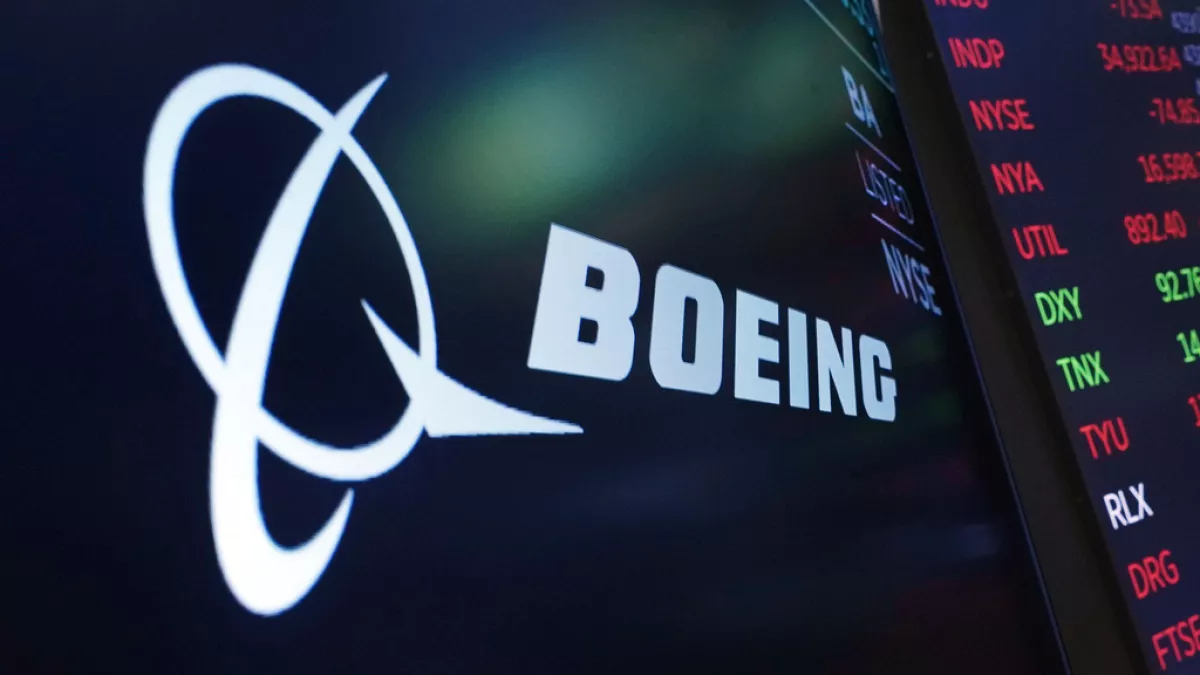
Looking Ahead
The unfolding situation at Boeing serves as a stark reminder of the intricate balance required between operational efficiency, labour relations, and uncompromising safety standards. How Boeing responds to these challenges will not only shape its future but also impact the broader aerospace sector.
The resolution of these issues will be a key indicator of Boeing’s ability to adapt and evolve in response to internal and external pressures, maintaining its role as a leader in global aviation.

